VICKY KIM
Incorporating sculpture, installation, drawing, and printmaking, the work of Vicky Kim (*1978) explores our being in space, and the space of representation, as a matter of both physical and psychical affect. Having spent her formative years studying dance, Kim’s artistic practice has inclined towards corporeal, spatial, and transitory forms, often defined by their utility, and increasingly social function. Much of her work takes the photographic image as a prompt, one that initiates a spatial action or gesture, be it on paper, or through a variety of sculptural procedures, leading to works in which traces remain but the body is absent.
Originally from Seoul, Kim is a graduate of Goldsmiths College, London (BFA, 2002), Columbia University, New York (MFA, 2006), and most recently the Royal College of Art, completing a PhD in February 2022, with a thesis entitled ‘The Production of Subjectivity through Space, Architecture and Image’. Solo exhibitions include ‘Kaput’, Chosun Gallery, Seoul, 2024; ‘Kapot Van’, Transformation Gallery, London, 2024; ‘2.7/4.8/7.4/9.4/12.1/15.2/18.5/22’, Chosun Gallery, Seoul, 2019; ‘Under the Coral-like Blue Concrete’, Gallery Factory, Seoul, 2010; and ‘A Room in House X’, Gallery Hinterberg, Zurich, Switzerland, 2008. In 2009, Kim was awarded a residency fellowship as part of the International Artist’s Studio Program at the National Museum of Contemporary Art, Seoul, and in 2018, a production residency for the 4th Kunming Biennale at the Yunnan Art Museum, Kunming, China. Kim is represented by Chosun Gallery, Seoul, and based in London.
Originally from Seoul, Kim is a graduate of Goldsmiths College, London (BFA, 2002), Columbia University, New York (MFA, 2006), and most recently the Royal College of Art, completing a PhD in February 2022, with a thesis entitled ‘The Production of Subjectivity through Space, Architecture and Image’. Solo exhibitions include ‘Kaput’, Chosun Gallery, Seoul, 2024; ‘Kapot Van’, Transformation Gallery, London, 2024; ‘2.7/4.8/7.4/9.4/12.1/15.2/18.5/22’, Chosun Gallery, Seoul, 2019; ‘Under the Coral-like Blue Concrete’, Gallery Factory, Seoul, 2010; and ‘A Room in House X’, Gallery Hinterberg, Zurich, Switzerland, 2008. In 2009, Kim was awarded a residency fellowship as part of the International Artist’s Studio Program at the National Museum of Contemporary Art, Seoul, and in 2018, a production residency for the 4th Kunming Biennale at the Yunnan Art Museum, Kunming, China. Kim is represented by Chosun Gallery, Seoul, and based in London.

The latest in a series of silkscreen wallpaper installation works, Vicky Kim's ‘Mudras’, 2025 - conceived especially for the Lechbinska Gallery - stands as a meditation on the politics of bodies, gesture, and representation. Installed either side of the gallery's rear doors, the work is split in two - each part covered in the same irregular ‘pattern’ of gestural marks, yet printed - by hand - in slightly different shades of brown ink.
If resolutely indecipherable, these marks are open to interpretation; their repetitive splatters, stains, scratches, and smudges pointing towards the drudgery and toil of domestic labour, as well as the space of the body and its residues, while also reminiscent of various art forms (both ‘high’ and ‘low’). The printed medium, placing the viewer in apparent proximity to the body (made architectural), while distanced from the original act of mark-making, gives rise to a play around the presence and absence of the body - its gestures, labours, rituals, and scatologies.
As with Kim's past works, images torn from fashion magazines are placed in dialogue with this backdrop, framed and installed high on the wall, on this occasion in two adjacent groups: on the right, first visible from afar through the gallery, six colour images of women's hands (in repose, holding a cigarette, a microphone, etc.), while on the left, seen only upon entering the rear space, six black and white images of male counterparts (gripping an umbrella, leaning against a wall, punching an outstretched palm). Drawn from multiple sources, Kim's selections, stark binary grouping and sequencing, are revealing of the latent sexism, racism, and violence that inhabit these scenes; her inversion of several images amplifying their sinister, fetishistic undertones.
Thrown into relief by the passing of time, these images, published in the 1990s and 2000s - serve as reminders of manufactured social attitudes and aspirations of the recent past. Re-presented back to us, what now appear perverse caricatures, seem to register as a deferred warning of our current malaise. Likewise the title, laden with irony, since neither the gestures inscribed in the wallpaper, or formed by the hands visible in the frames are mudras, invites us to consider the gestures on display not only in terms of the phantasies they present, but for their symbolism in relation to the moment in which we find ourselves: a gloved hand raised in the process of hailing a taxi or calling to an acquaintance, now a fascist salute.
If resolutely indecipherable, these marks are open to interpretation; their repetitive splatters, stains, scratches, and smudges pointing towards the drudgery and toil of domestic labour, as well as the space of the body and its residues, while also reminiscent of various art forms (both ‘high’ and ‘low’). The printed medium, placing the viewer in apparent proximity to the body (made architectural), while distanced from the original act of mark-making, gives rise to a play around the presence and absence of the body - its gestures, labours, rituals, and scatologies.
As with Kim's past works, images torn from fashion magazines are placed in dialogue with this backdrop, framed and installed high on the wall, on this occasion in two adjacent groups: on the right, first visible from afar through the gallery, six colour images of women's hands (in repose, holding a cigarette, a microphone, etc.), while on the left, seen only upon entering the rear space, six black and white images of male counterparts (gripping an umbrella, leaning against a wall, punching an outstretched palm). Drawn from multiple sources, Kim's selections, stark binary grouping and sequencing, are revealing of the latent sexism, racism, and violence that inhabit these scenes; her inversion of several images amplifying their sinister, fetishistic undertones.
Thrown into relief by the passing of time, these images, published in the 1990s and 2000s - serve as reminders of manufactured social attitudes and aspirations of the recent past. Re-presented back to us, what now appear perverse caricatures, seem to register as a deferred warning of our current malaise. Likewise the title, laden with irony, since neither the gestures inscribed in the wallpaper, or formed by the hands visible in the frames are mudras, invites us to consider the gestures on display not only in terms of the phantasies they present, but for their symbolism in relation to the moment in which we find ourselves: a gloved hand raised in the process of hailing a taxi or calling to an acquaintance, now a fascist salute.
Selected
exhibition history
exhibition history
2025
Land of Morning Calm
Land of Morning Calm
2016 - 2022 PhD Fine Art Research, Royal College of Art, London, UK
2004 – 2006 Master of Fine Arts, Columbia University, New York, USA
1999 – 2002 Bachelor of Arts & Critical Studies, Goldsmiths College, University of London, London, UK
2022 Visiting Tutor, Glasgow School of Art, Glasgow, Scotland
2021 Visiting Tutor, Bath School of Art, Bath Spa University, Bath, UK
2019 – 2020 Visiting Lecturer (P/T), Royal College of Art, MA Sculpture Programme
2020 Visiting Tutor, UCA Farnham, Farnham, UK
2010 – 2011 Instructor, Mureumpyo Private Academy, Seoul, South Korea
2005 – 2006 Instructor, LeRoy Neiman Print Center, Columbia University, New York
2004 – 2006 Master of Fine Arts, Columbia University, New York, USA
1999 – 2002 Bachelor of Arts & Critical Studies, Goldsmiths College, University of London, London, UK
2022 Visiting Tutor, Glasgow School of Art, Glasgow, Scotland
2021 Visiting Tutor, Bath School of Art, Bath Spa University, Bath, UK
2019 – 2020 Visiting Lecturer (P/T), Royal College of Art, MA Sculpture Programme
2020 Visiting Tutor, UCA Farnham, Farnham, UK
2010 – 2011 Instructor, Mureumpyo Private Academy, Seoul, South Korea
2005 – 2006 Instructor, LeRoy Neiman Print Center, Columbia University, New York
2024 ‘Kaput’ / ‘갈래머리’, Gallery Chosun, Seoul, South Korea
2023 ‘Heimindustrie’ Vicky Kim & Andreas Steinemann, Galerie Milchhütte, Zumikon, Switzerland (twoperson
exhibition)
2019 ‘2.7 / 4.8 / 7.4 / 9.4 / 12.1 / 15.2 / 18.5 / 22’, Gallery Chosun, Seoul, South Korea
2023 ‘Heimindustrie’ Vicky Kim & Andreas Steinemann, Galerie Milchhütte, Zumikon, Switzerland (twoperson
exhibition)
2019 ‘2.7 / 4.8 / 7.4 / 9.4 / 12.1 / 15.2 / 18.5 / 22’, Gallery Chosun, Seoul, South Korea
2010 ‘Under the Coral-like Blue Concrete’, Factory Gallery, Seoul, Sout
2023 ‘Gesticulator’, ASC Gallery, London, UK (group exhibition /curatorial project)
2022 ‘Past Tense’, PS Studio, Neumarkt 17, Brunngasskeramik, Zurich, Switzerland (exhibition
installation design)
2021 ‘RCA2021’, Degree Show 2021 (online), Royal College of Art, London, UK
2020 Permanent Installation, Pr.stg.rden Hotel, S.derhamn, Sweden
2019 ‘Once there were walls’, Safehouse 1, Maverick Projects, London, UK
‘There’s something lurking in the shadows that might be interesting’, Dyson Gallery, Royal College
of Art, London, UK
2018 4th Kunming Art Biennale, Yunnan Art Museum, Kunming, China
2017 ‘ASC Open Studios 2017’, Chaplin Centre, Taplow House, London, UK
‘Intentions’, (with Karen Bosy), WestWorks 3, White City Place, Wood Lane, London, UK
‘Stewarts Law RCA Secret 2017’, Dyson Gallery, Royal College of Art, London, UK
‘31°∆ Celsius’, ASC Gallery, Chaplin Centre, Taplow House, London, UK
‘Daybreak’, RCA School of Fine Art Research Exhibition, Maverick Projects, London, UK
‘Artist Village Brockley Open Studios’, Temporary Contemporary, London, UK
2015 ‘Creekside Open 2015’, Selected by Richard Deacon / Lisa Milroy, A.P.T. Gallery, London, UK
2014 ‘ASC Open Studios 2014’, Deptford X, Bond House, London, UK
2012 ‘What I want is a little cosmos...’, Public Project, Meokgol, Seoul, South Korea
2010 ‘Factory Invitational Fundraising Auction 2010’, Factory Gallery, Seoul, South Korea
2009 ‘Five Spaces’, International Artist’s Studio Program, National Museum of Contemporary Art, Seoul,
South Korea
2008 ‘Proposal’, Black and White Project Space, Brooklyn, New York, USA
‘City, Scenery, Reconciliation’, KunstDoc, Seoul, South Korea
2006 ‘MFA Thesis Show’, Brooklyn, New York, USA
2005 ‘Interim Exhibition’, Wallach Gallery, New York, New York, USA
‘The Edge of Darkness’, Leroy Neiman Gallery, Columbia University, New York, USA
2004 ‘After Goya’, Leroy Neiman Gallery, Columbia University, New York, USA
2003 ‘BA Thesis Show’, Goldsmiths College, London, UK
2022 ‘Past Tense’, PS Studio, Neumarkt 17, Brunngasskeramik, Zurich, Switzerland (exhibition
installation design)
2021 ‘RCA2021’, Degree Show 2021 (online), Royal College of Art, London, UK
2020 Permanent Installation, Pr.stg.rden Hotel, S.derhamn, Sweden
2019 ‘Once there were walls’, Safehouse 1, Maverick Projects, London, UK
‘There’s something lurking in the shadows that might be interesting’, Dyson Gallery, Royal College
of Art, London, UK
2018 4th Kunming Art Biennale, Yunnan Art Museum, Kunming, China
‘FLIGHT MODE’, RCA School of Fine Art Research Exhibition, Assembly Point, London, UK
‘Prova 4’, RCA School of Arts & Humanities Research Journal, London2017 ‘ASC Open Studios 2017’, Chaplin Centre, Taplow House, London, UK
‘Intentions’, (with Karen Bosy), WestWorks 3, White City Place, Wood Lane, London, UK
‘Stewarts Law RCA Secret 2017’, Dyson Gallery, Royal College of Art, London, UK
‘31°∆ Celsius’, ASC Gallery, Chaplin Centre, Taplow House, London, UK
‘Daybreak’, RCA School of Fine Art Research Exhibition, Maverick Projects, London, UK
‘Artist Village Brockley Open Studios’, Temporary Contemporary, London, UK
2015 ‘Creekside Open 2015’, Selected by Richard Deacon / Lisa Milroy, A.P.T. Gallery, London, UK
2014 ‘ASC Open Studios 2014’, Deptford X, Bond House, London, UK
2012 ‘What I want is a little cosmos...’, Public Project, Meokgol, Seoul, South Korea
2010 ‘Factory Invitational Fundraising Auction 2010’, Factory Gallery, Seoul, South Korea
2009 ‘Five Spaces’, International Artist’s Studio Program, National Museum of Contemporary Art, Seoul,
South Korea
2008 ‘Proposal’, Black and White Project Space, Brooklyn, New York, USA
‘City, Scenery, Reconciliation’, KunstDoc, Seoul, South Korea
2006 ‘MFA Thesis Show’, Brooklyn, New York, USA
2005 ‘Interim Exhibition’, Wallach Gallery, New York, New York, USA
‘The Edge of Darkness’, Leroy Neiman Gallery, Columbia University, New York, USA
2004 ‘After Goya’, Leroy Neiman Gallery, Columbia University, New York, USA
2003 ‘BA Thesis Show’, Goldsmiths College, London, UK
‘Part1’, Warehouse temporary exhibition, London Bridge, London, UK
• Production Residency, 4th Kunming Art Biennale, Yunnan Art Museum, Kunming, China, 2018
• Residency Fellowship, International Artist’s Studio Program National Museum of Contemporary Art, Seoul,
South Korea, 2009
• Three Arts Endowed Fellowship, Columbia University, School of the Arts, New York, 2005-6
• DRA Fellowship Award, LeRoy Neiman Print Center, Columbia University, New York, 2005-6
• Leroy Neiman Fellowship Award, Columbia University, School of the Arts, New York, 2004-5
• Residency Fellowship, International Artist’s Studio Program National Museum of Contemporary Art, Seoul,
South Korea, 2009
• Three Arts Endowed Fellowship, Columbia University, School of the Arts, New York, 2005-6
• DRA Fellowship Award, LeRoy Neiman Print Center, Columbia University, New York, 2005-6
• Leroy Neiman Fellowship Award, Columbia University, School of the Arts, New York, 2004-5
Installations

Vicky Kim

Vicky Kim

Vicky Kim

Vicky Kim